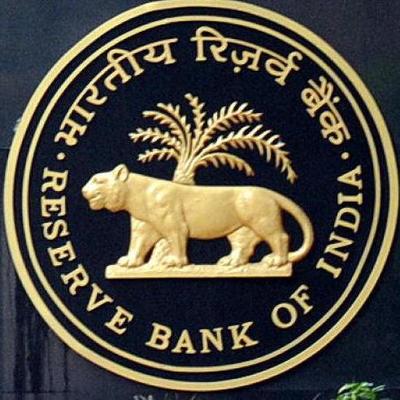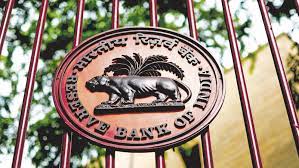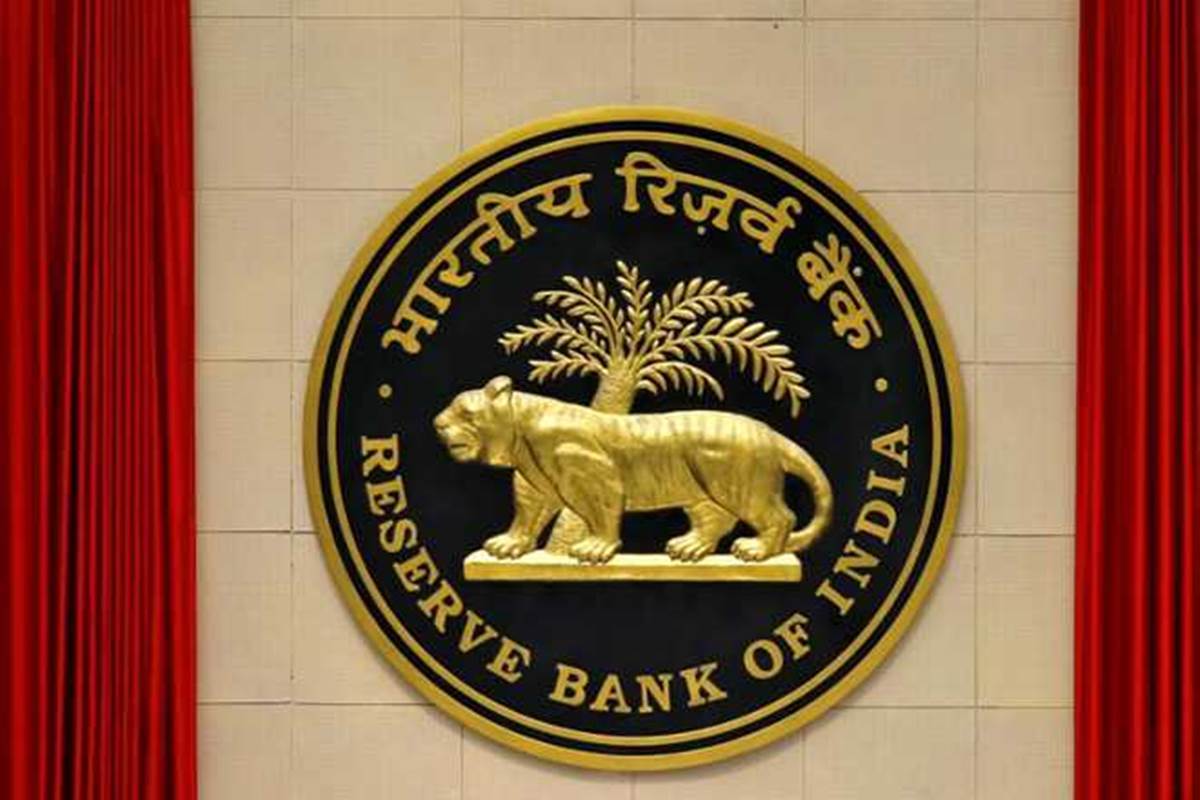The Reserve Bank of India (RBI) has deferred the implementation of the liquidity coverage ratio (LCR) by at least a year, much to the relief of banks who were fearing they would face liquidity disruptions once this regulation was introduced.
The project finance and expected credit loss (ECL) norms will also not be implemented until March next year.
RBI Governor Sanjay Malhotra assured that the LCR rules will be implemented in a phased manner.
The LCR norms were supposed to kick in from April 1 this year.
``Less than two months is too short a window for banks; we will aim for March 31, 2026, but not all norms will kick in at the same time,” Malhotra said at his first post-policy press conference.
For complying with the LCR norms proposed under the regime of former RBI Governor Shaktikanta Das, analysts estimated banks would have to invest nearly Rs 4 lakh crore.
Banks feared it would also have impacted their credit delivery impacted.
LCR draft guidelines require banks to increase their investments in high-quality liquid assets (HQLAs) such as government securities to meet 30 days net outgo under stressed conditions.
Unlike his predecessor Das who had a stern focus on financial stability, Malhotra may have a comparatively lighter approach in regulating banks. While underlining that financial stability is important, Malhotra said the "cost of regulations" will be looked at so that there is an efficient use of resources.
“We recognise that just like there are no free lunches, regulation to enhance stability and consumer protection too is not devoid of costs. There are trade-offs between stability and efficiency. We will keep this trade-off in mind while formulating regulations. It will be our attempt to strike the right balance, keeping in view the benefits and costs of each and every regulation,” the new RBI Governor said.
On the expected credit loss (ECL) based provisioning, Malhotra said it is only a discussion paper and that there is an overlap with project finance which also focuses on additional provisioning. He said that both the rules will not be implemented before 31 March 2026.
Under project finance guidelines, banks are required to set aside 5% as provisions for loans given for infrastructure and real estate projects.
"We will come out with something which balances the interests of the public, the depositors, financial stability which is very very important for our country, and at the same time the concerns of the banks keeping in mind the efficient use of resources," Malhotra said.
On dissuading unsecured lending growth through increase in risk weights introduced in November 2023, Malhotra said the RBI is “satisfied” with its impact. Credit growth under the heads has slowed down and no more steps to moderate it further are merited at present.
Deputy RBI Governor Swaminathan J. pointed out the RBI does not have any plans to bring fresh regulatory steps to check microlending, despite the heightened slippages in the sector.
On actions taken by the RBI in the past against certain banks, Malhotra said he believes such measures are the ones of “last resort”. “...we would not like to use them too often, to be used in the rarest of rare where all other measures have actually failed. We will keep this policy going forward.”
Malhotra urged banks to participate in the call money market instead of parking their surplus funds with the RBI.
``It has been observed that some banks are reluctant to onlend in the uncollateratised call money market; instead, they are passively parking funds with the Reserve Bank. We urge the banks to actively trade among themselves in the uncollateratised call money market to make it deeper and vibrant for better signal extraction from the weighted average call money rate (WACR),’’ he said.
Indian banks have been facing a liquidity deficit due to the advance outflows in December 2024 and the RBI’s intervention in the forex market.
With the RBI adopting various measures to address the shortfall, the WACR has risen above the policy repo rate.









